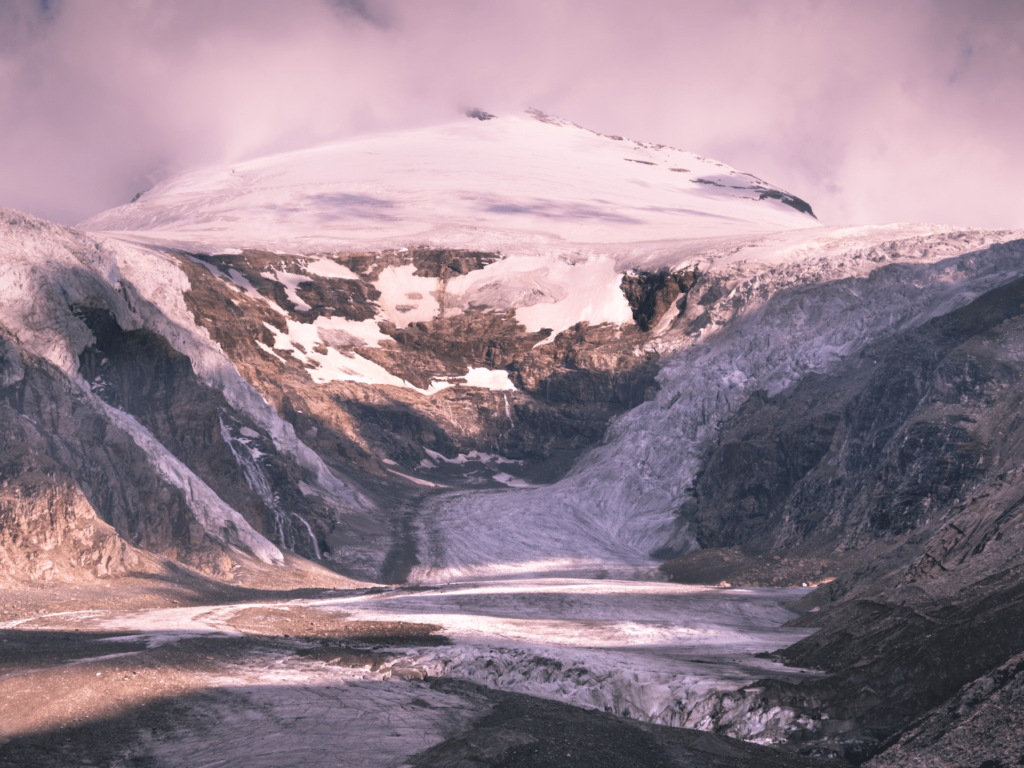New Delhi: Every year on December 11, International Mountain Day is observed to make us aware of the importance of mountains to maintain the balance in nature and protect our biodiversity. This year’s theme is ‘restoring mountain ecosystems’, which is essential to maintain the health of our planet. Why? Because climate change and global warming threaten our planet’s very existence, protecting the mountains’ ecology is one way to save Earth.
A biodiversity hotspot Mountains are the natural jewels that all of us must look to keep safe. As per the United Nations, around 15 per cent of the population of the world lives on mountains. So it is not only the trees and animals and birds, but we humans also depend heavily on mountains.
Almost half of the biodiversity hotspots of the entire world are found in the mountains. Half of humanity gets everyday lives’ freshwater from the mountains, which them in agriculture. The danger faced by mountains The increasing threat of global warming and climate change is massively threatening our planet.
Mountains, due to extreme tourism and construction works, are overexploited and contaminated, threatening the lives of people living there as well. As global warming continues to increase, the mountain glaciers are melting. That, in turn, is affecting the freshwater supplies downstream, and for the mountain people who are already battling poverty, the struggle for survival has only increased.
Recently in 2023, after the Uttarkashi tunnel collapse and rescue took place, experts opined that the landscape and geology of the Himalayas’ higher reaches, an active mountain chain, make it vulnerable to landslides all the time. It is one of the youngest mountains in the world, and hence, as per experts, construction should be done with utmost caution and preparation to not affect the mountains adversely. A mountain with a steep slope, caused due to deforestation, means that there will be soil erosion and also habitat loss.
Erosion and pollution harm the quality of water flowing downstream and the productivity of soil. In developing nations, more than 311 million rural mountain people live in areas exposed to progressive land degradation and 178 million of them are vulnerable to food scarcity. The melting of glaciers The main ‘indicator’ of climate change in the mountains is glaciers, which shrink or grow depending on whether the climate is becoming warmer or colder.
In the last 40 years, worldwide glaciers have been melting faster than ever and it does not coincide with a natural cycle. The rapid melting of mountain ice can result in catastrophic consequences for the environment in the hills and also the plains around them, which are home to as many as one in six of the population of the world. In the Himalayas, glaciers are melting at an average of 10m to 15m every year.
The source of River Ganga, the Gangotri glacier, is melting particularly fast, retreating by 30m every year. The glacier in Gangotri is the major water source for the 500 million people who live along the banks of the river. Natural disasters like landslides, floods and avalanches have become more frequent in the mountains due to climate change, which is a grave risk to the biodiversity, human life and the economy of the mountains.
.
From: news9live
URL: https://www.news9live.com/knowledge/international-mountain-day-the-impact-of-climate-change-on-mountains-2374407
